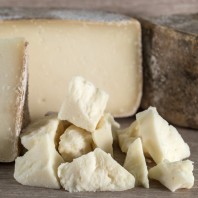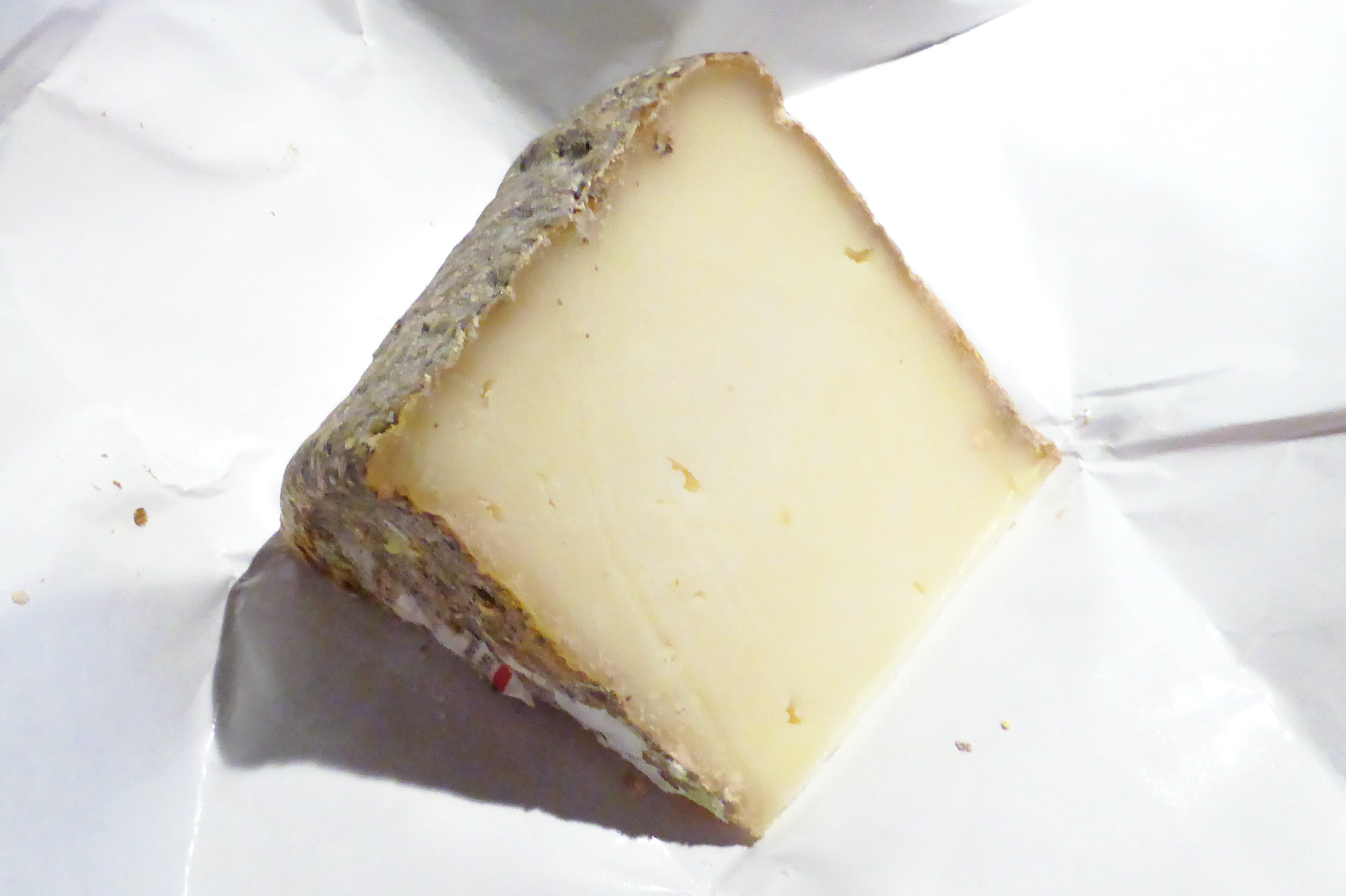|
 |  |
Pecorino Toscano |

Country: Italy
Cheese Texture/Type: Firm
Cheese Milk Type: Sheep
Cheese Age: 4+ months
|
|
|
|
Pecorino Toscano was granted its DOC protection on May 17, 1986. It can be made in Tuscany and the neighboring communities of Umbria and Latium. In Tuscany, Pecorino is never referred to as formaggio, but rather as cacio, which was adapted from the Latin word caseus. The German word kase and the English word cheese were also derived from this ancient Latin word. This sheep’s milk cheese is considerably milder than Pecorino Romano and is Tuscany’s most extensive DOC product. Until recently the name Pecorino Toscano was given to any cheese made in Tuscany from ewe's milk (pecorino is the Italian word for sheep), although sometimes it was mixed with cow's or goat's milk. The name is now reserved for pure ewe's milk cheeses made between September and June. Pecorino Toscano cheeses are smaller and milder than the other Pecorinos (Romano and Sardo), and may be sold soft and fresh (with a yellow rind) or firm and ripened for a few months (with brown-red rind). This is no ordinary cheese. Pecorino of Tuscany is famous in the cheese world, since just about every village in Tuscany makes its own unique rendition—all based on the same recipe! You might think some would be better than others, but the Tuscans love their Pecorino and they claim that each one is equally delicious… just a little different. Savory and fragrant grasses which vary from farm to farm contribute to each version's unique taste. So does each farmer's interpretation of the basic recipe. Milking takes place just once a day and the cheeses are made using unpasteurized milk. They are then ripened in a damp environment—at about 10°C—from forty days to more than six months. Most Pecorinos are oily cheeses (about 45% fat) because ewe's milk contains very high amounts of butterfat, which is one reason this cheese is so scrumptious. When your Pecorino comes to room temperature, don't be surprised if you see beads of oil on the cheese. Called "butterfat tears," they weep naturally from this cheese, indicating it's the perfect temperature for eating.
|
| Tasting Notes: |
|
Toscano can, of course, be used as an ingredient in cooking. It's also an excellent addition to any cheese board. Although it's usually eaten as a table cheese, try it shaved on top of fresh beans, summer salads, or lightly sautéed greens. Use it instead of Parmigiano on your next bowl of pasta. Its flavor is dense and nutty with a wonderful rustic finish.
| |
|
08/28/2015
|
|